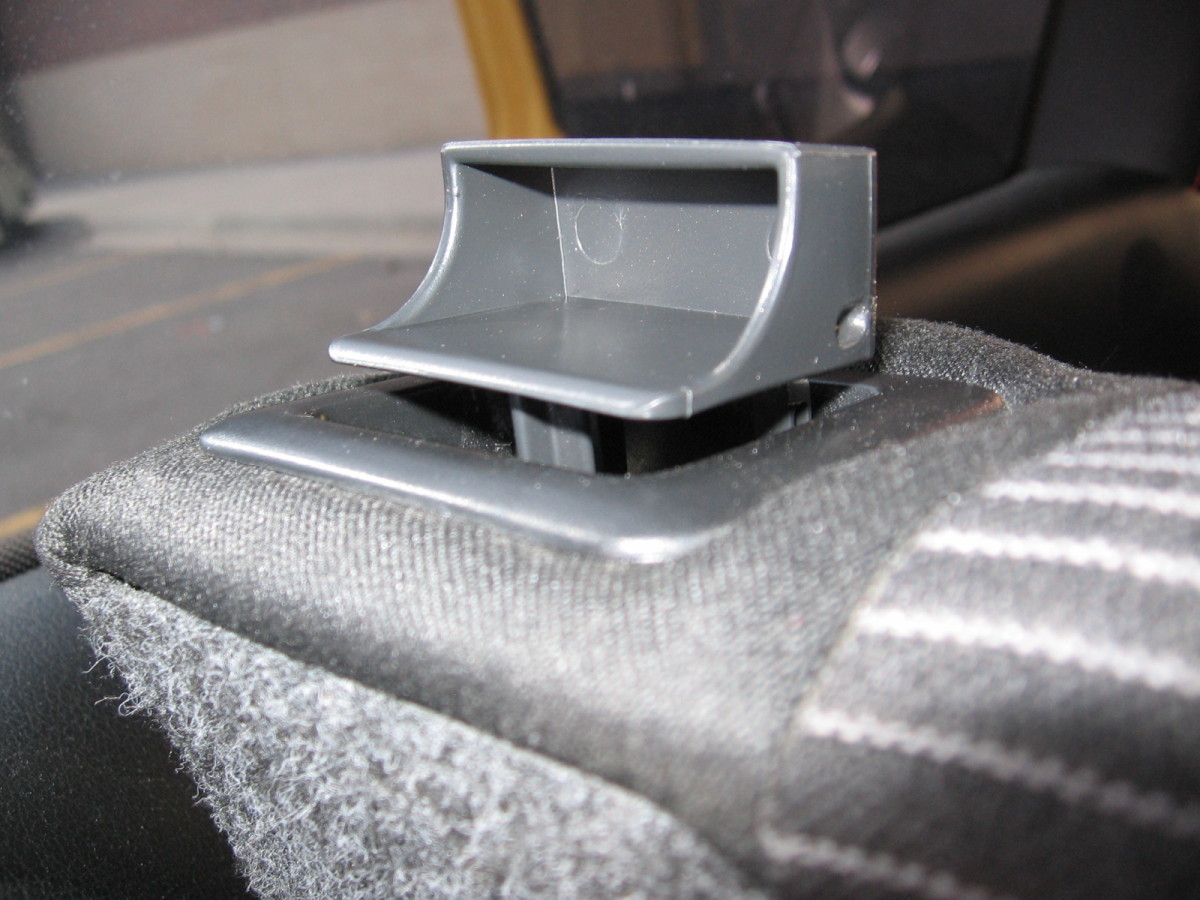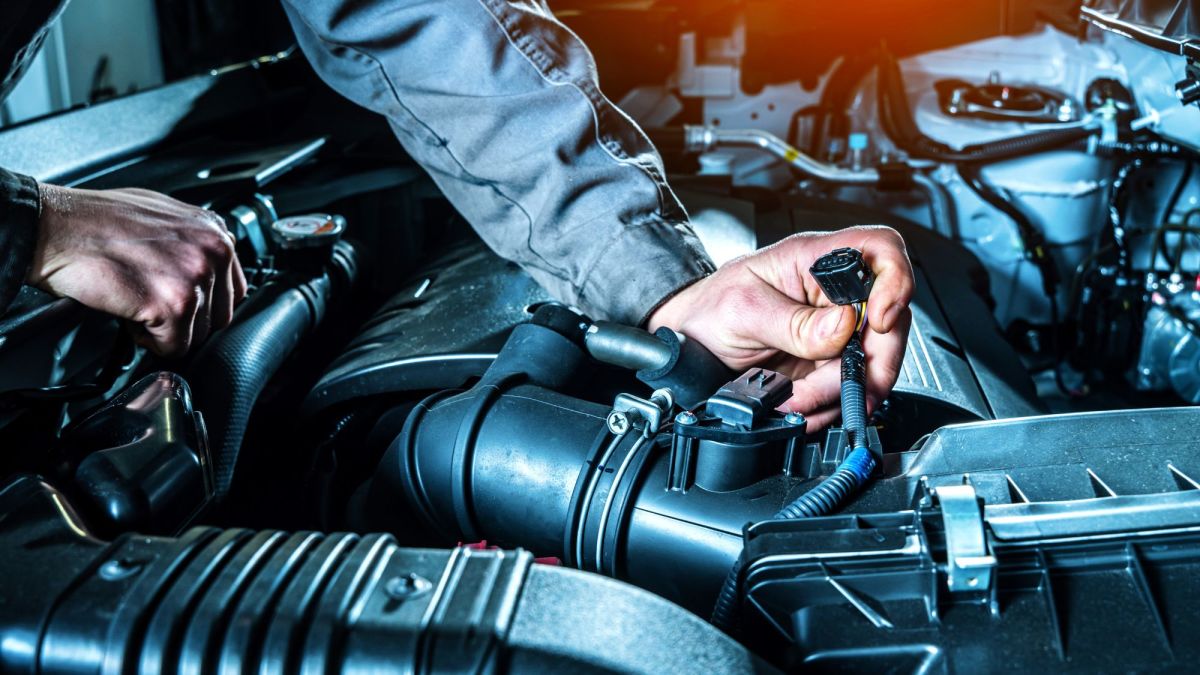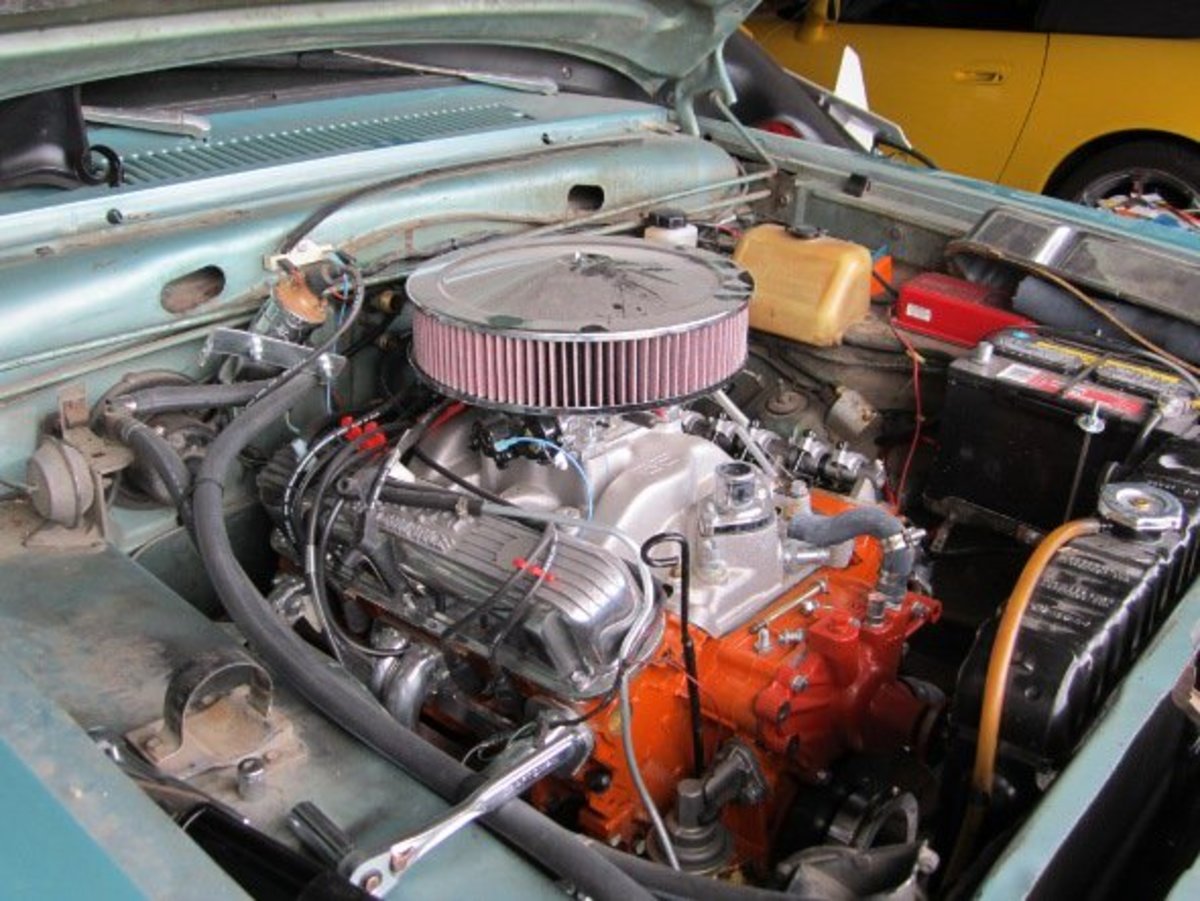How to Tell If Your CV Joints Need to be Replaced
The Importance of your CV Axels
While the past paved the way through straight axels, and the future continues to evolve, most of our current vehicles fly down the roads on what is known as Constant Velocity Axels, or CV Axels. They were designed to make the vehicle faster, smoother and better on gas, which they do fairly well when they are in good condition.
When they aren't in decent condition, they can terrorize your driving experience. This is because the new design has given the front axels an even bigger part in the drive train then they had before. When they wear down, they can take a toll on your transmission, brakes, engine, tires and suspension. These are all very important parts of your vehicle, and to avoid excessive wear and tear, you should have your CV boot changed and your axel greased every 30,000 miles. The axels themselves should be replaced every 100,000 miles.
Very Worn Down
CV joints tend to sneak up on people because they give off confusing symptoms when they start to wear down. Often it's very little signs that appear when they are already really worn down.
Some signs you might notice:
- Mild vibrating when the vehicle has been driven for a long time. The vibration usually goes away after the vehicle has sat for a while.
- Very light clicking while turning or driving in reverse
- Slightly increased engine temperature
- Loss of normal mpg
Extremely Worn Down
By the time your cv joints are extremely worn down, you have likely already noticed some obvious signs, that might not have been so obvious to you until now.
Some of those signs could be:
- Constant vibrating while engine is running
- Loud obvious crunching when turning. Sometimes it's only heard when turning one direction (right or left). Either way, you won't be able to ignore it.
- It feels like your wheel "limps" when ever you turn.
- You loose a lot of mpg's
- Your vehicle lags when you apply the brakes, even if the brakes are fairly new
- Your brakes wear down really quickly
Stop Driving And Change Them Now!
If you still haven't had your vehicle checked out, or you know your cv joints are worn down and you have continued to neglect them, here are some signs that mean you should STOP driving your vehicle and get the cv axels replaced right away. If you don't, you could risk ruining your transmission, front end suspension or wheels. If any of that happens while driving, you could put yourself and others in a seriously dangerous situation.
- Continuously clicking and loud vibrating while driving
- Loud crunching while turning any direction
- Constant "limping" while driving or turning
- Lagging when accelerating or breaking
- Resistance from the steering wheel





